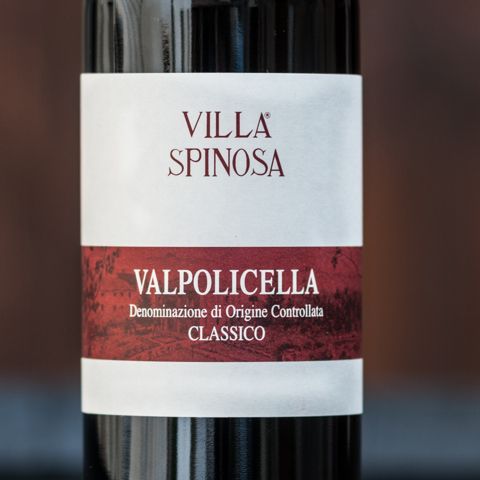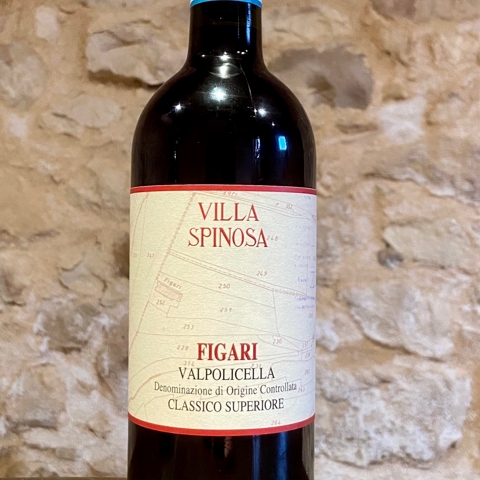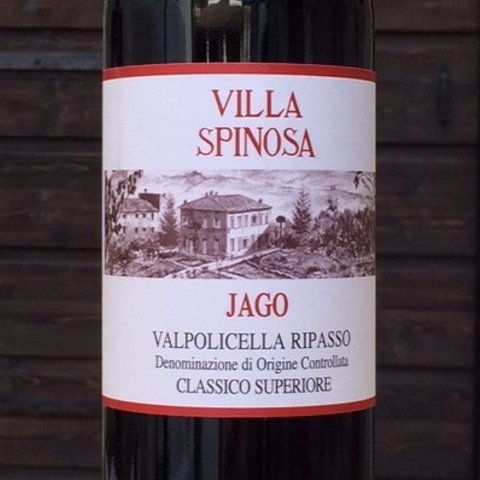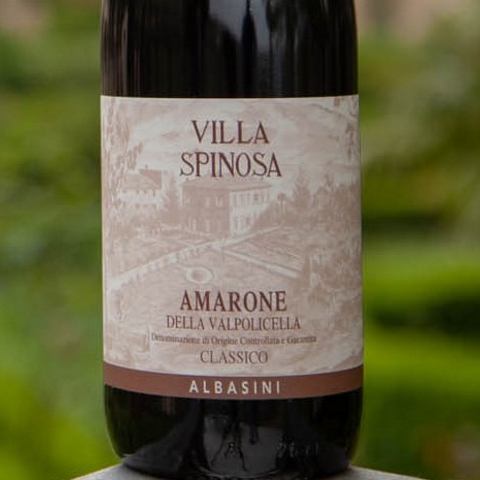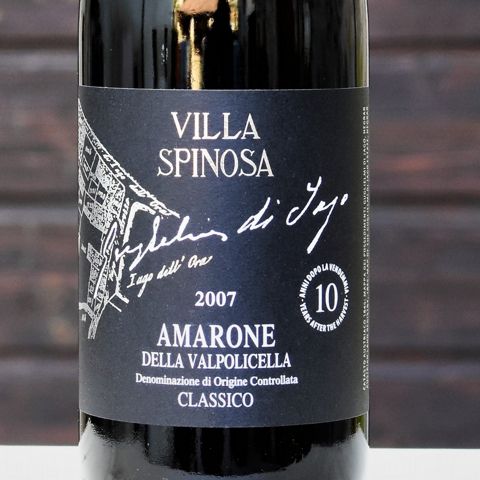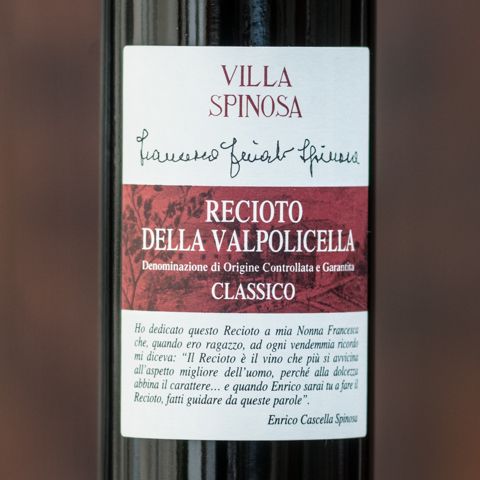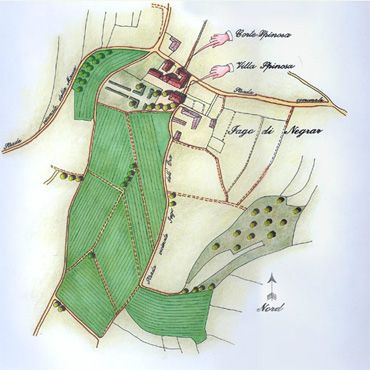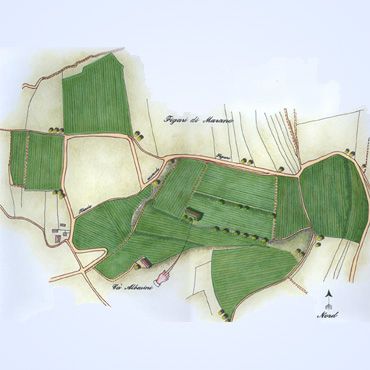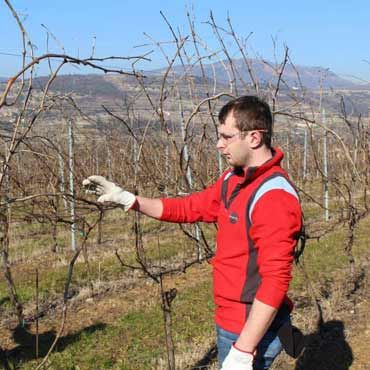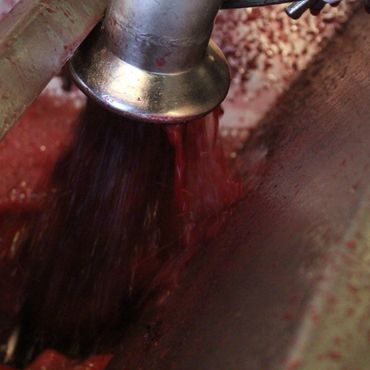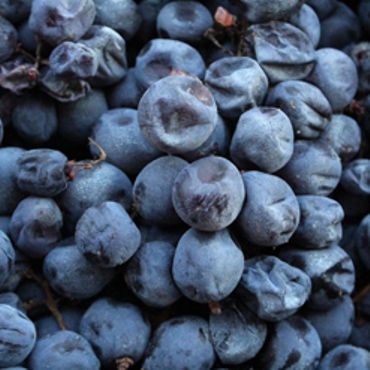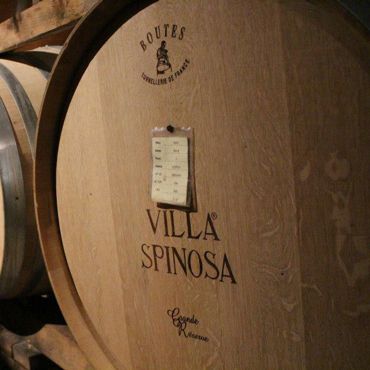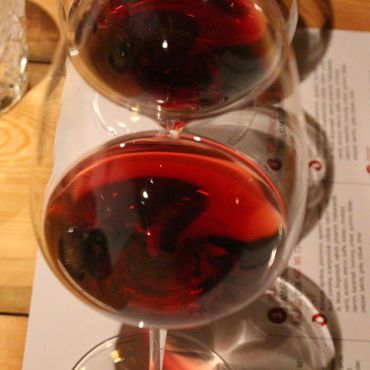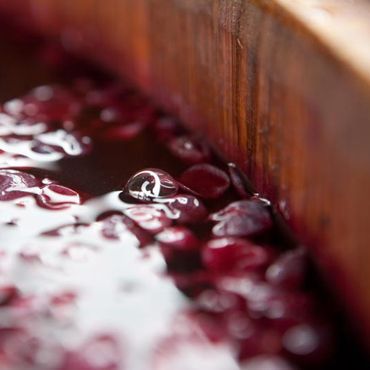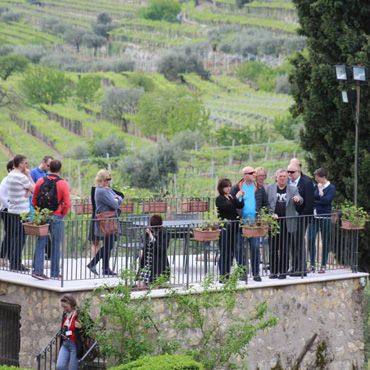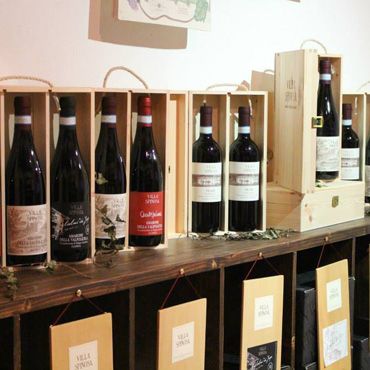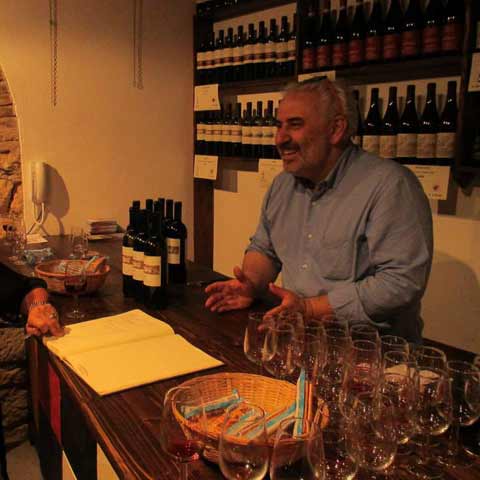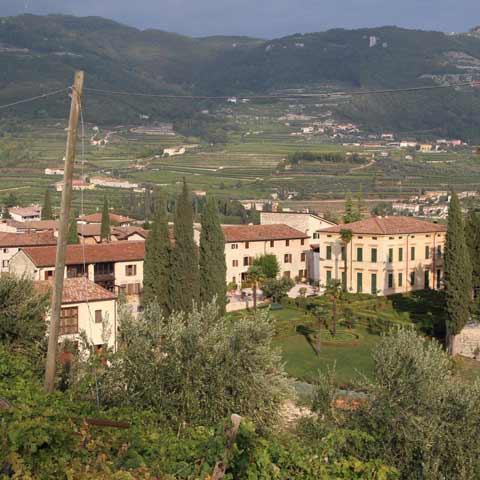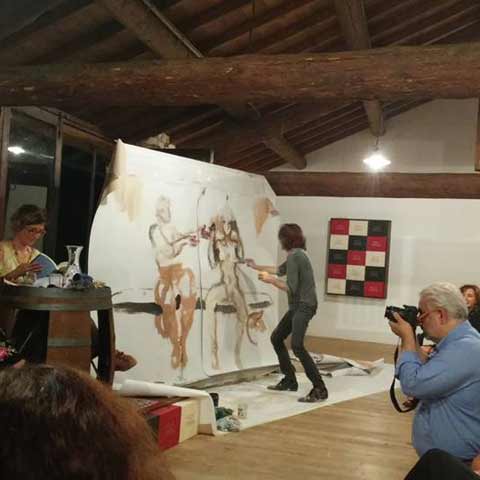Yesterday & Today
The origins of Valpolicella
The name Valpolicella, used to indicate the region stretching from the southwest slopes of the Monti Lessini to the bend of the River Adige where it slopes down towards Verona after coming out from the weir in Chiusa, first appears in the 12th century. Before this time it was not mentioned and it is only from the 12th century onwards that the name "Vallis Pulicella" appears. In previous documents the valleys of Veriago (covering the easternmost part of the present Valpolicella and corresponding to the area covering the village of Negrar) and Pruviniano (Val Provinianense, which covers the remaining central portion) are mentioned. The distinction disappears halfway through the 12th century during the period of the lordship in the city of Verona when the city's officials reached the valley by the Adige and landed at the river port of Pol, the place from which the name Valpolicella came from.
Later, the region was turned into an estate and entrusted to Federico della Scala, cousin of Cangrande, who took the title of Count of Valpolicella. After the lordship of Federico della Scala, the Valpolicella, which had become an administrative unit, gained a form it still maintains today.
Past and present times
The character and profile of the Valpolicella has changed over the times. In the past the more sought-after lands and lively villages were on the hilly slopes sheltered from the overflowing streams, whereas today the most populated and most important area is that at the bottom of the valley, closer toVerona. The first settlements were in fact formed generally on the gentle slopes of the valley. For this reason the village of Negrar grew in two directions, corresponding to the hilly slopes. On the eastern side, the districts of Sargiago, Villa, Poiega and Tomenighe sprung up whilst on the western side Jago, Moron and Borgo (the land surrounding the parish church) developed.
The nearby town of Marano di Valpolicella also experienced a similar growth - to the east of the valley the districts of Paverno, Gnirega and Castello; to the west, Casetta o Castei, Arzila (now Pozzo) and Fasanara. The landowners were able to get the best from the plots of land on the hillside (which include, remaining in the area between Negrar and Marano, the slopes of Valgatara with Campian and Figari). These plots were, and still are, appreciated for the excellent sun exposure allowing perfect maturation of prestigious products: grapes and olives for the production of wine and oil.
These landowners built new rural houses for the sharecroppers and their families on these lands, as well as the characteristic dry-stone walls, or "marogne" as they are known, which still mark the countryside today.

